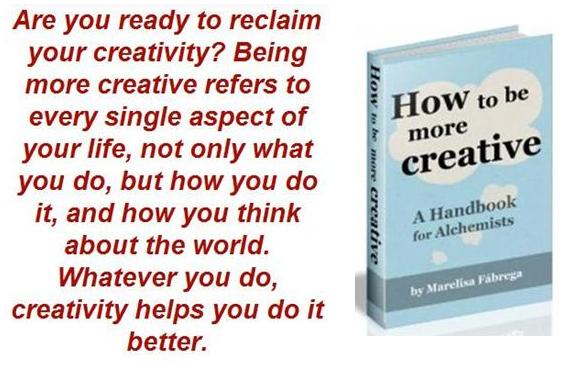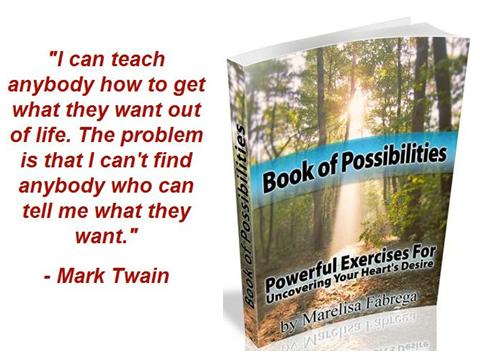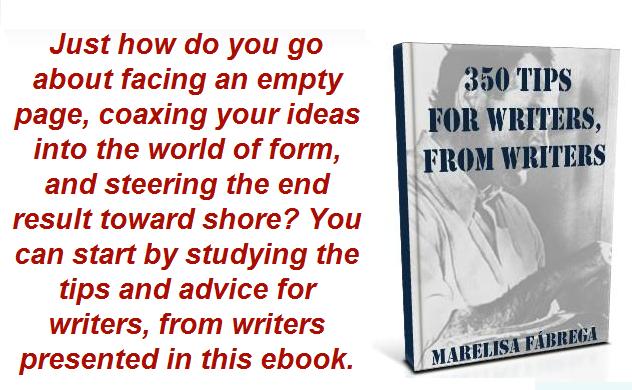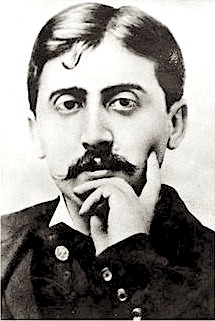 Within each of us–even those who might be described as meek, timid, or shy–there lies a warrior. This inner warrior is ready to take up arms and do all of the following:
Within each of us–even those who might be described as meek, timid, or shy–there lies a warrior. This inner warrior is ready to take up arms and do all of the following:
- Defend our boundaries;
- Go out into the world and transmute our ideas into physical form;
- Achieve our goals;
- Stand up for what we believe in; and
- Protect what is ours.
According to the renowned Swiss psychologist Carl Jung, the Warrior is a universal archetype that is a fundamental part of the human psyche. Cultivating the warrior within can help you master the challenges of life and liberate hidden strength and knowing. In addition, unleashing the warrior is vital for the achievement of your goals.
Discover more about the warrior–and how to unleash your warrior–below.
The Attributes of the Warrior
The warrior is powerful, focused, disciplined, courageous, and determined. The warrior is capable of performing effectively even under difficult circumstances. Warriors have unshakeable resolve and are full of self-confidence and self-trust.
The energy of the warrior can be used to achieve individual goals or to champion a cause, help the less fortunate, and better the world for all.
The Warrior Defends Our Boundaries
The warrior defends and protects all of our boundaries, whether it’s our physical boundaries, emotional, mental, financial, and so on. The warrior teaches you how to say no, and let others know that you mean it.
In his book, “Time Warrior”, Steve Chandler encourages the reader to become a warrior when it comes to protecting your time. That is, take out your sword and do the following:
- Carve out uninterrupted time from your day to work on projects that are important to you.
- Take out your sword to anyone or anything that tries to interrupt you.
- Take your sword out to any circumstance that doesn’t allow you to truly focus.
The Warrior Gets Things Done
The warrior transforms thoughts into action. Warrior energy is highly focused and can help us get results and achieve our goals. Let the warrior in you take charge of the situation and assert itself to make sure your needs are met. Warriors tackle challenges head-on and are not afraid to take risks to get what they want. In addition, the warrior makes split-second decisions without succumbing to the fear of making a mistake.
In his book, “A Kick In the Seat of the Pants”, Roger von Oech explains that the creative process consists of adopting four main roles. They are the explorer, the artist, the judge, and the warrior. He explains the four roles as follows:
- The explorer seeks out new information.
- The artist uses this information to create new ideas.
- The judge decides which ideas are worth implementing.
- The warrior eliminates all excuses and carries the idea into action.
The Warrior Is Resourceful
The warrior knows themselves. They study their enemy, and they carefully assess each individual situation. They live in the present moment, are attentive to small things, notice subtlety, and appreciates nuances. A warrior knows that each situation is unique and responds accordingly.
The warrior has many more tools and weapons at their disposal than just strength and aggression. They always keep a vast repertoire of possible action.
Sometimes conflict can be resolved by listening to the other’s viewpoint, by having each party identify their interests, and by agreeing on a collaborative plan of action. At other times, tough measures and a strong hand are required. By living in the now, watching, listening, and trusting their instincts, the warrior can respond to each situation appropriately.
The Warrior Knows That the Real War Is Within
In his book, “Unleash the Warrior Within”, former Navy SEAL Richard Machowicz explains that the real war is raging within yourself. That is, what’s stopping you from going after what you really want, and from achieving your goals, is the little voice inside your head. It’s your inner critic; the little voice that tells you:
- That’s not for people like you.
- It’s too hard.
- You’re not smart enough (good looking enough, thin enough, young enough, and so on).
- You’ll never be able to pull it off.
As Machowicz explains, “Being a warrior is not about the act of fighting. It’s about the ability, courage, and commitment to end the war within oneself and not quit until the job is done.” In order to accomplish our goals we have to learn to direct our inner voice toward the things that need to get done in the next moment.
The warrior doesn’t give in when the inner voice tries to pull them away from what they’re trying to accomplish.
How to Awaken the Warrior
In order to awaken the warrior, create a regular practice that will keep the warrior alive. This can include martial arts, rock climbing, jogging, hiking, horseback riding, archery, swimming, and anything else that makes you feel strong and alert.
You also awaken the warrior by deliberately strengthening your willpower, by sharpening your focus, by making more decisions, and by working on your self-confidence. In addition, practice setting boundaries and then make sure that you protect those boundaries:
- Plan your day and stick to your plan.
- Create a budget and don’t overspend.
- Set time limits on the tasks that you perform.
- Set deadlines and stick to them.
Strengthen your warrior energy and use it to achieve your goals and live your best life.



Related Posts:
1. An 18 Minute Plan That Will Make Your Productivity Soar
2. The One-Hour-A-Day Formula
3. Stop Procrastinating By Making It Fun
4. Time Management Secret: Do It Tomorrow
5. 18 Powerful Tips For Overcoming Procrastination
Did you enjoy this article? Subscribe to “Daring to Live Fully” by RSS or by email, and get free updates.




























 Marelisa Fabrega is a lawyer and entrepreneur. She holds a Bachelor of Science in Business Administration from Georgetown University in Washington, D.C., as well as a Juris Doctor from the Georgetown University Law Center. You can learn more about her
Marelisa Fabrega is a lawyer and entrepreneur. She holds a Bachelor of Science in Business Administration from Georgetown University in Washington, D.C., as well as a Juris Doctor from the Georgetown University Law Center. You can learn more about her 





